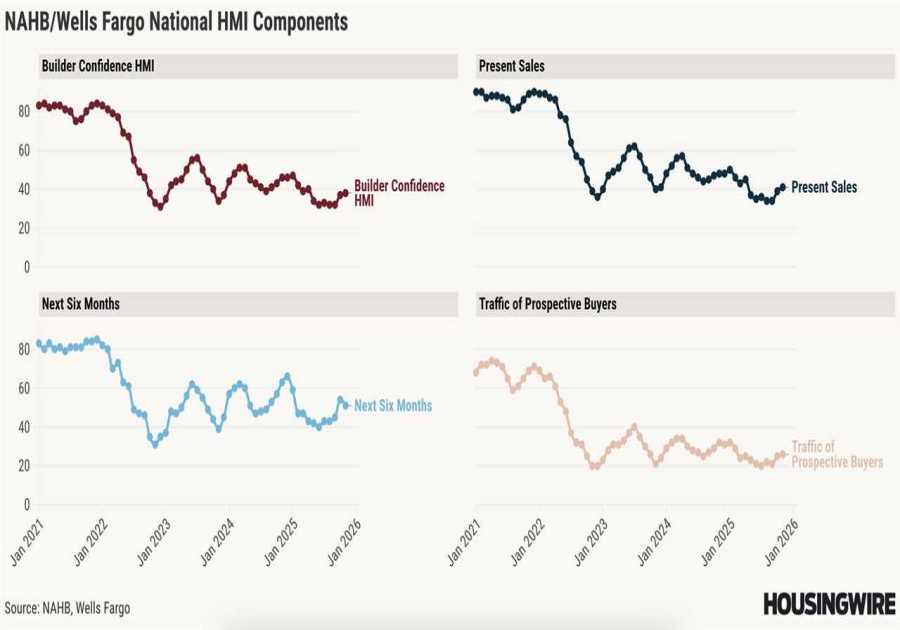It isn’t easy to detect fraud, such as bribery, corruption, money laundering, tax fraud, and misusing authority when part of the public sector. By internally controlling the administration and checking up on the budget, fraud can be prevented in the public sector. A strict and robust environment that quickly detects fraud through data analytics and internal audits can efficiently create and retain programs for fraud management. When influential individuals exploit the vulnerable, such as by accepting cash given under the table for their selfish purposes, fraud management must control the deceit.
What are the Signs that will Detect fraud?
- Unethical practices occur in the public sector, and opportunities, incentives, or internal and external pressure can make an individual commit fraud.
- There is a high chance of fraud when security is absent in public structures, such as poor systems in the IT department.
- When employees are reassigned frequently, there are limited sources to check up on corruption and bribery, increasing fraud.
- As managers have to achieve goals and targets, they may succumb to taking bribes and commit corruption to meet high expectations.
- When decisions override between two individuals on high posts, there is a lack of coordination which may lead to unethical practices by the subordinates.
Forgery, making false documents, and manipulating accounting are also part of fraud. Due to this, efficient fraud management protocols must be implemented to minimize these occurrences.
How can Fraud be Prevented?
Criminalizing corruption and bribery and putting the accused individuals behind bars instead of the entire organization may dial down the unethical practices, if not wholly. There should be rules, regulations, and codes of ethics and conduct that should be made compulsory for the governing officials of the public sector. Starting hotlines that entertain tip-offs can decrease the number of frauds within the public sector. A prevention strategy such as carrying out internal and external audits that investigate the activities within the public sector will minimize fraudulent acts, misconduct, and abuse of power.

Since no records of fraud and accounts presented might be unreliable, public sector organizations are reluctant to make a case against their employees. Also, building a topic requires time, energy, and effort that may already exhaust the sources. Due to this, individuals may get leverage, and they would repeat their crimes again and again. Also, when a department receives exposure, there are concerns about its image. To curb fraud, there needs to be a tone set from the top. Senior executives should take the prompt initiative to practice ethical behaviors that leave an impact and act as an example.
How to deal with a Fraudster?
When there are delivery concerns, and the accused is part of senior management, the subordinates would hesitate to complain. There are targets to be achieved, and reporting against an old may result in losing their job.
- For proper fraud management, conduct risk assessments that aren’t just a formality but will be carried out thoroughly.

- Risk assessments must be carried out routinely when new programs are introduced. This way, discrepancies between the previous evaluations can be compared, and changes can then be seen.
- There needs to be training within the public sector that teaches how to detect potential acts of fraud, such as choosing an individual who closely checks and monitors the environment.
- By employing data analytics, the public sector can carry out fraud management in which there are regular checkups on suspicious activity, which then promptly alerts the concerned authorities.
- Employing security, reporting suspicious transactions, and choosing to rotate employees amongst different departments may minimize fraud and help manage fraud.
 About Complete Controller® – America’s Bookkeeping Experts Complete Controller is the Nation’s Leader in virtual bookkeeping, providing service to businesses and households alike. Utilizing Complete Controller’s technology, clients gain access to a cloud platform where their QuickBooks
About Complete Controller® – America’s Bookkeeping Experts Complete Controller is the Nation’s Leader in virtual bookkeeping, providing service to businesses and households alike. Utilizing Complete Controller’s technology, clients gain access to a cloud platform where their QuickBooks file, critical financial documents, and back-office tools are hosted in an efficient SSO environment. Complete Controller’s team of certified US-based accounting professionals provide bookkeeping, record storage, performance reporting, and controller services including training, cash-flow management, budgeting and forecasting, process and controls advisement, and bill-pay. With flat-rate service plans, Complete Controller is the most cost-effective expert accounting solution for business, family-office, trusts, and households of any size or complexity.
file, critical financial documents, and back-office tools are hosted in an efficient SSO environment. Complete Controller’s team of certified US-based accounting professionals provide bookkeeping, record storage, performance reporting, and controller services including training, cash-flow management, budgeting and forecasting, process and controls advisement, and bill-pay. With flat-rate service plans, Complete Controller is the most cost-effective expert accounting solution for business, family-office, trusts, and households of any size or complexity.
 The post How Fraud Management Plays a Role in the Public Sector first appeared on Complete Controller.------------
The post How Fraud Management Plays a Role in the Public Sector first appeared on Complete Controller.------------Read More
By: Complete Controller
Title: How Fraud Management Plays a Role in the Public Sector
Sourced From: www.completecontroller.com/how-fraud-management-plays-a-role-in-the-public-sector/
Published Date: Wed, 07 Dec 2022 14:00:40 +0000
.png)





